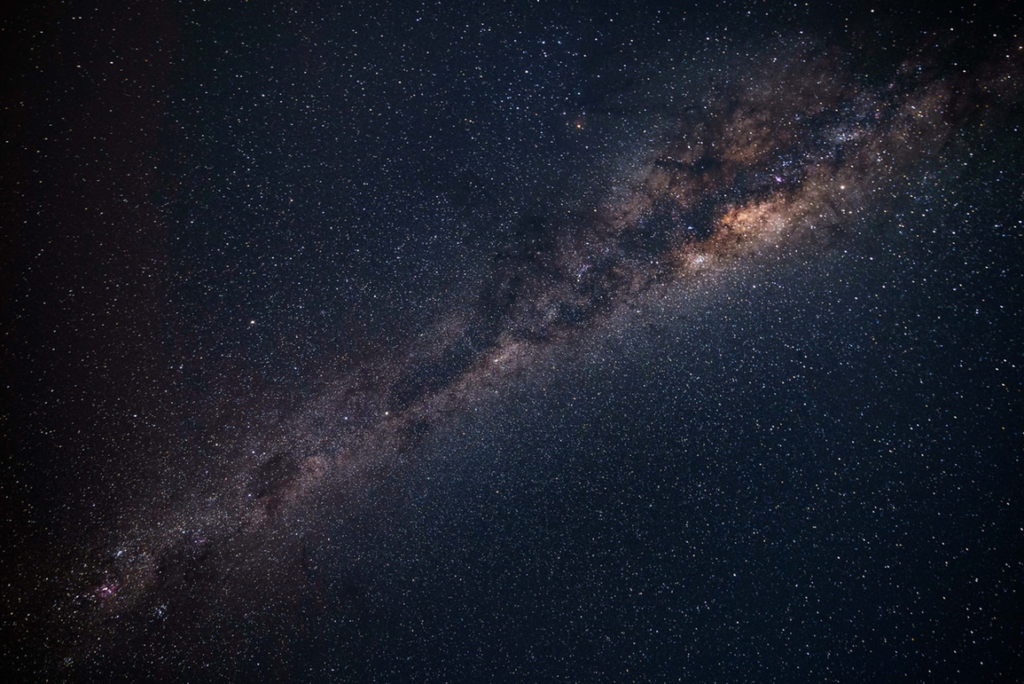
I learned this today. There are two ways to work out the age of the universe. The first is to calculate the age of the oldest stars. The second way is to work out how fast the universe is expanding and cooling and extrapolate backwards.
The universe is thought to be 17.772 billion years old, plus or minus 59 million years. I say “thought to be” because that is the best calculation using current knowledge and information. A new revelation could change things and the age would have to be recalculated.
The age of the universe was first estimated in the 19th century. Before the time of Newton, many people took the Bible at face value and thought that the universe was a few thousand years old. As the study of geology grew, people realized that the Earth must have taken many million years to form, so the universe couldn’t be a few thousand years old. Some people assumed the universe was infinite, but the discovery of the laws of thermodynamics in the 1800s proved that it couldn’t be infinite. Because if the universe was infinite, the concept of entropy would mean that everything in the universe would be the same temperature. It obviously isn’t all the same temperature, so the universe cannot be infinite.
In 1929, Edwin Hubble calculated the speed with which the universe is expanding and came up with a figure of 2 billion years. He, himself, thought that it was too short. In the 1960s, astrophysicists were able to use computer simulations to work out the age of stars. They used this to work out that our sun is about 5 billion years old. So, the universe must be older than 2 billion years. After a revision of calculations, the age of the universe was reckoned to be about 14.5 billion years in 2013 and has been revised again to today’s value of 13.772 billion years.
The first way to tell the age of the universe is to look at the age of the oldest stars. The universe can logically not be younger than the oldest stars within it. Astrophysicists can work out the age of a star by looking at its size. Basically, a star that is 10 times as large as our sun will burn through all of its fuel in 20 million years and a star that is half the size of our sun will last more than 20 billion years. This mass can be judged by looking at the brightness of the star and how its gravity affects the other objects around it and how it bends light. Also, stars at different stages in their life burn in a different color. By looking at clusters of stars, astronomers can work out the age of them and nothing appears to be older than 13.2 billion years.
The second way to calculate the age of the universe is to look at the rate with which it is expanding and cooling. There are three ways to tell this. The first is by using direct observations of stars and galaxies that we can see. We can know the size of these, and we can know the speed they are moving at. Secondly, by looking at the clustering of galaxies and baryon acoustic oscillations (BAO). BAO are acoustic waves that have frozen. These acoustic waves only travel through plasma when it is hot enough. As the primordial plasma of the early universe cooled, these BAO became frozen in place and have become a cosmic ruler. And thirdly, by using the cosmic microwave background radiation. This radiation is left over from the Big Bang. The light from the Big Bang headed out into the new universe and it slowly cooled. As it cooled, its wavelength increased. By knowing the current wavelength, it is possible to use computer simulations to track backwards and see how long it would have taken to reach that wavelength. From this it is possible to calculate the expansion rate of the universe, something called the Hubble constant, and it has been calculated as 67.66 km per second per megaparsec. A megaparsec is about 3.3 million light years. So, this means that one 3.3 million light year section of the universe is expanding at a rate of 67.66 km/s. And the expansion of the universe is apparently speeding up, but that is something to learn another day.
So, the age of the universe can be calculated by looking at the age of the oldest stars, or by looking at the rate it is expanding and cooling and working backwards. And this is what I learned today.
Photo by Philippe Donn from Pexels
Sources:
https://wmap.gsfc.nasa.gov/universe/uni_age.html
https://en.wikipedia.org/wiki/Age_of_the_universe
https://en.wikipedia.org/wiki/Cosmic_microwave_background
https://en.wikipedia.org/wiki/Big_Bang#Cosmic_microwave_background_radiation
https://www.newscientist.com/question/how-old-is-the-universe/
https://www.space.com/24054-how-old-is-the-universe.html
https://bigthink.com/starts-with-a-bang/how-do-we-know-the-age-of-the-universe/
https://en.wikipedia.org/wiki/Baryon_acoustic_oscillations
https://history.aip.org/exhibits/curie/age-of-earth.htm
